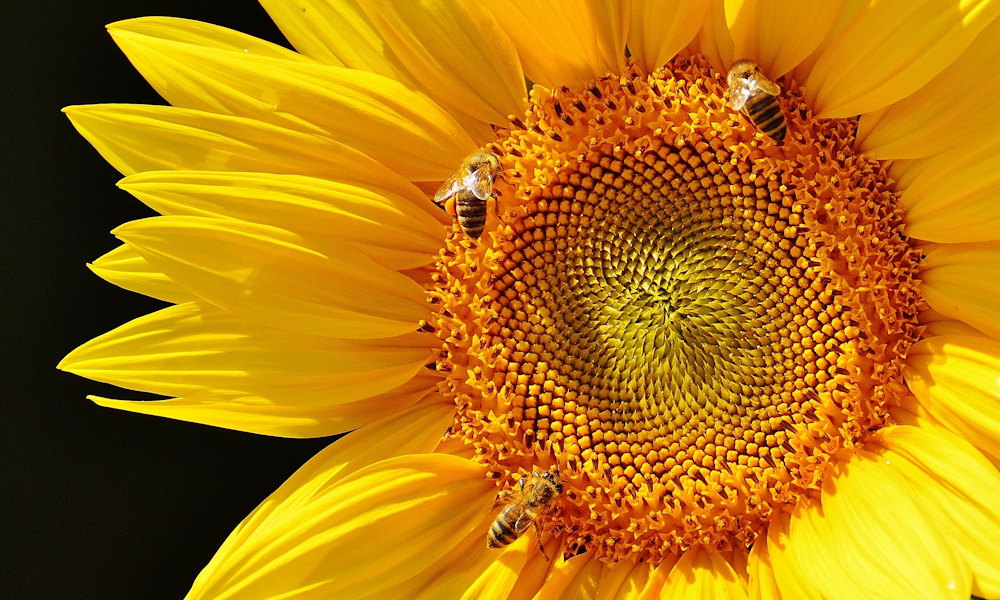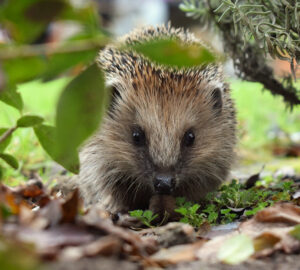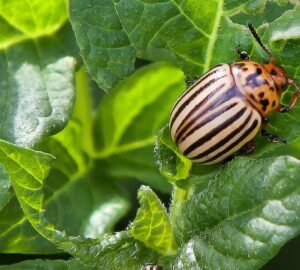In the tranquil world of gardening, there exists a term that’s causing quite the buzz – “bee pastures”. But what exactly is a bee pasture, and why are we hearing about it more and more often? Let’s explore the origins, significance and practical aspects of this delightful concept that is not only beneficial to our beloved pollinators but also adds a splash of color and life to our gardens.
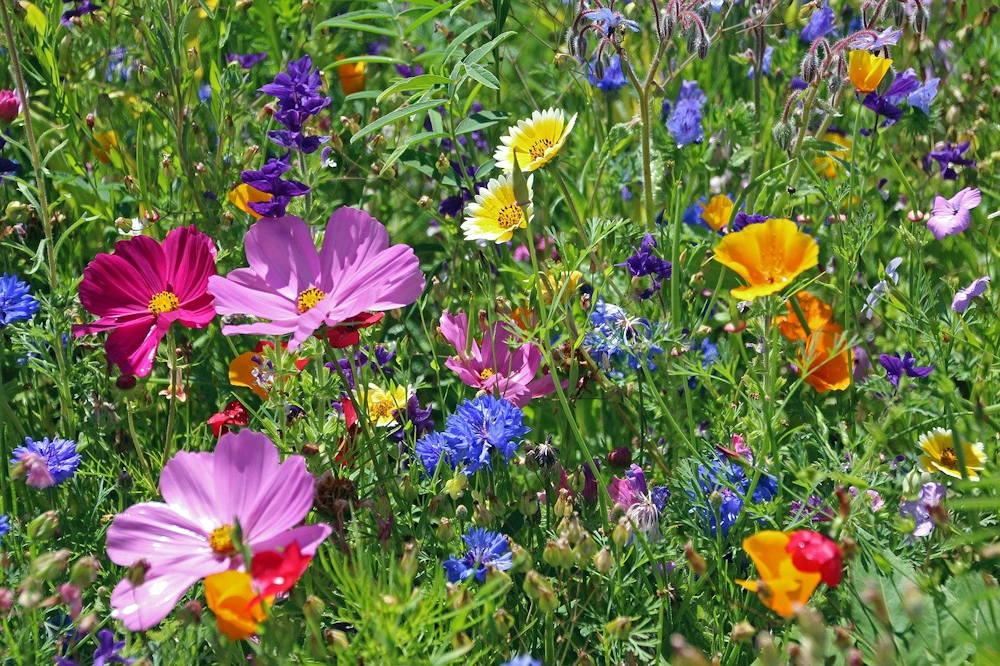
What is a Bee Pasture?
A bee pasture refers to an area of land purposely cultivated with diverse flowering plants to provide nourishment and habitat for bees. It’s essentially a haven for these essential pollinators, where they can forage for nectar and pollen, contributing to the health and vitality of ecosystems.
The term “bee pasture” has its roots in agricultural practices dating back centuries. Farmers would set aside portions of their land specifically for beekeeping, ensuring a steady supply of nectar-rich flowers for their hives. Over time, this concept has evolved, expanding beyond traditional agriculture into gardens and urban landscapes.
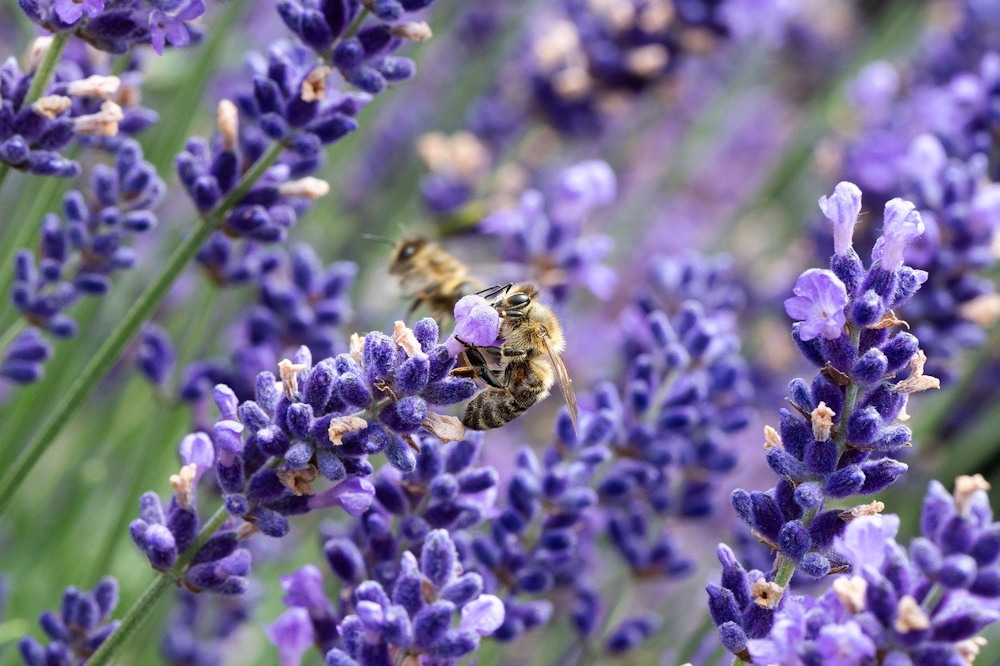
Growing Popularity
The increasing popularity of bee pastures can be attributed to a growing awareness of the vital role bees play in our ecosystems. With reports of declining bee populations due to habitat loss and pesticide use, individuals and communities are turning to bee pastures as a proactive measure to support these important pollinators.
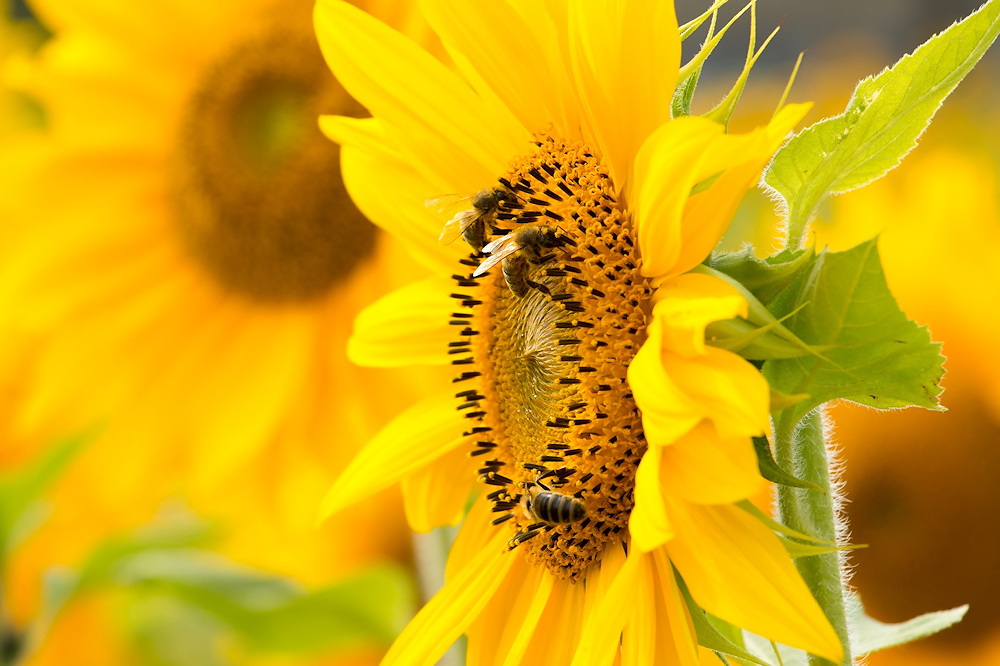
Significance of Bee Pastures
The significance of bee pastures cannot be overstated. Not only do they provide food for bees, but they also promote biodiversity, attract other beneficial insects and enhance the beauty of our surroundings. Moreover, they serve as educational tools, raising awareness about the importance of pollinators in food production and ecosystem health.
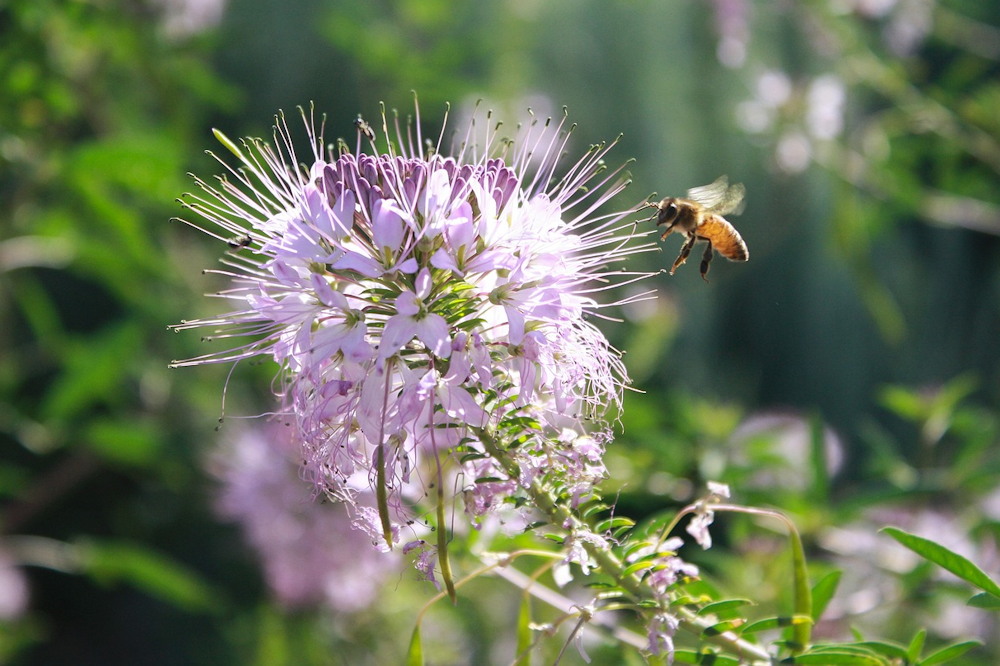
Creating Your Own Bee Pasture
Now that we understand the importance of bee pastures, how can garden owners create one in their own backyard? It’s simpler than you might think. Here are some tips to get started:
- Choose a Sunny Spot: Select a location in your garden that receives ample sunlight throughout the day, as most flowering plants preferred by bees thrive in sunny conditions.
- Select Bee-Friendly Plants: Opt for a variety of flowering plants that bloom at different times throughout the growing season, providing a continuous source of nectar and pollen for bees. Some excellent choices include lavender, bee balm, coneflowers, sunflowers and wildflowers (such as cosmos, blanketflower, coreopsis, lacy phacelia and California poppy).
- Avoid Pesticides: To maintain a bee-friendly environment, refrain from using pesticides or herbicides that can harm bees and other beneficial insects.
- Provide Water: Bees need water, especially during hot summer days. Consider placing a shallow dish filled with water and pebbles in your garden to provide a water source for bees to drink from safely.
- Maintain Regularly: Keep your bee pasture well-maintained by deadheading spent flowers, removing weeds, and providing supplemental water during dry spells.
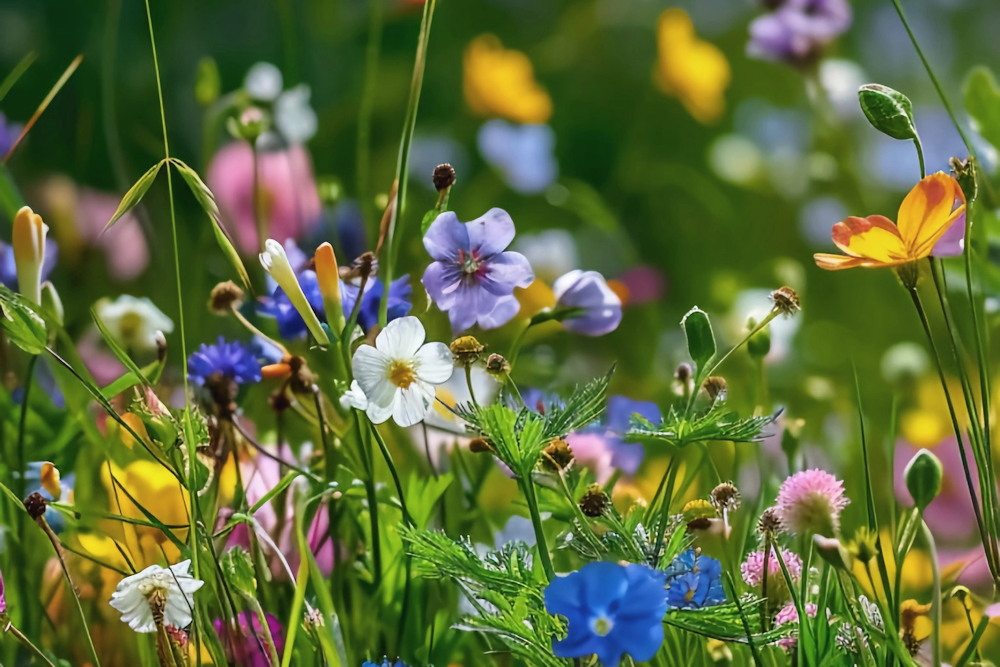
Best Time to Create and Maintain
The best time to create a bee pasture is in early spring, as this allows ample time for the plants to establish themselves before the peak of the growing season. Maintenance should be ongoing throughout the year, with particular attention paid to watering during dry periods and pruning as needed to promote healthy growth.
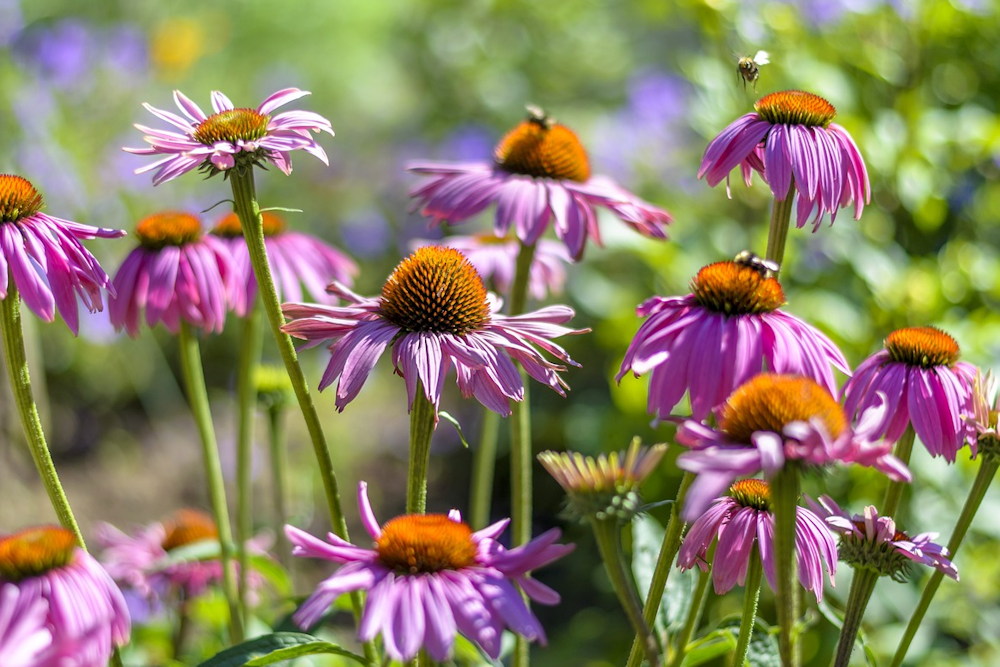
Five Interesting Facts About Bee Pastures
- Bee pastures can increase crop yields by enhancing pollination, making them invaluable to farmers and gardeners alike.
- The colors and scents of flowering plants in a bee pasture can attract a diverse range of pollinators, including bees, butterflies and hummingbirds.
- Bee pastures are not only beneficial to bees but also support other essential insects, such as ladybugs and hoverflies, which help control garden pests.
- Some plants commonly found in bee pastures, like lavender and chamomile, also have medicinal properties and can be harvested for herbal remedies.
- Bee pastures can be tailored to specific regions and climates, allowing gardeners to create custom habitats for local bee species.

In conclusion, bee pastures are not just a passing trend in gardening but a meaningful and impactful way to support the health of our planet. By dedicating a portion of our gardens to these vibrant sanctuaries, we can play a vital role in conserving pollinator populations and fostering biodiversity for generations to come. So, why not roll up your sleeves, grab some seeds and join the buzz of creating your very own bee pasture today? Your garden – and the bees – will thank you for it!



